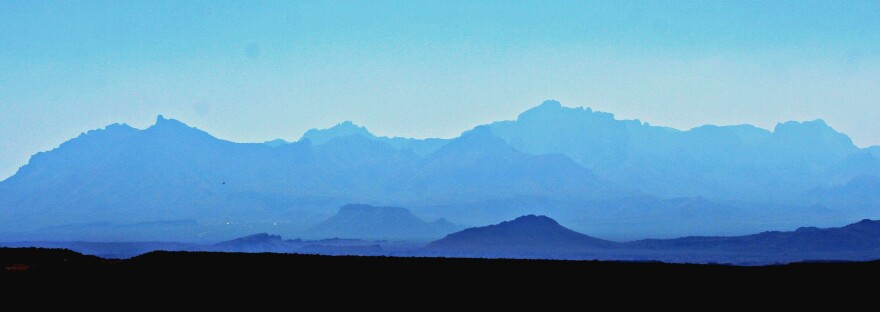Scholz dismisses talk of keeping nuclear energy option open in Germany
Associated Press
Sat, September 2, 2023

The decommissioned Biblis nuclear power plant is pictured in Biblis, Germany, Wednesday, Aug. 23, 2023. German Chancellor Olaf Scholz on Saturday, Sept. 2 dismissed a junior coalition partner's suggestion that the country should keep open the option of reopening its closed nuclear power plants, declaring that nuclear energy is a “dead horse” in Germany.
(AP Photo/Michael Probst, file)
BERLIN (AP) — German Chancellor Olaf Scholz dismissed a suggestion by a junior coalition partner that the country should keep open the option of using its closed nuclear power plants, declaring that atomic energy is a “dead horse” in Germany.
Germany switched off its last three nuclear reactors in April, completing a process that received wide political support after Japan's Fukushima nuclear reactor disaster in 2011. But some argued for a rethink after energy prices spiked because of the war in Ukraine.
Among those who advocated a reprieve were members of the Free Democrats, a pro-business party that is part of Scholz's governing coalition.
This week, the Free Democrats' parliamentary group approved a policy statement saying that it wants “to stop the dismantling of the nuclear power plants that are still fit to use” as part of efforts to be prepared for worst-case scenarios. “That is the only way we will remain capable of acting in every situation,” it said.
Scholz brushed aside the suggestion in an interview with Deutschlandfunk radio broadcast on Saturday .
Nuclear energy is over,” he said. “The issue of nuclear energy in Germany is a dead horse. Anyone who wanted to build new nuclear power plants would need 15 years and would have to spend 15-20 billion euros ($16.2-21.6 billion) each.”
The chancellor insisted that “the fact is that with the end of the use of nuclear power, dismantling has also begun,” and any talk of resuming the use of atomic energy would imply building new power stations.
He stressed plans to meet the future needs of Europe's biggest economy by expanding the use of renewable sources such as wind and solar power.
The latest discussion about nuclear energy came after Scholz on Wednesday pledged that the ideologically diverse coalition of his center-left Social Democrats, the environmentalist Greens and the Free Democrats would tone down frequent public infighting that has weighed it down badly in polls.

















